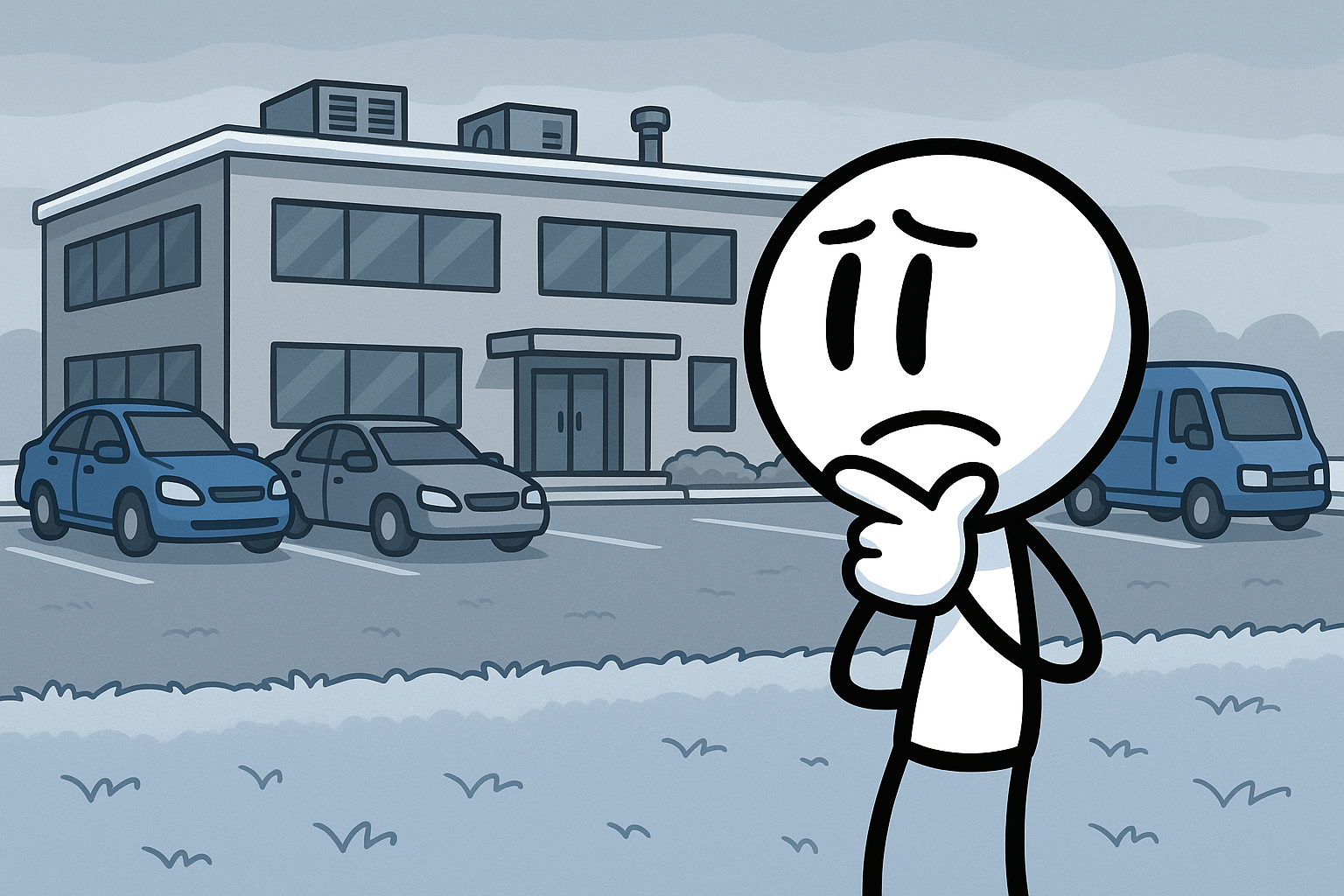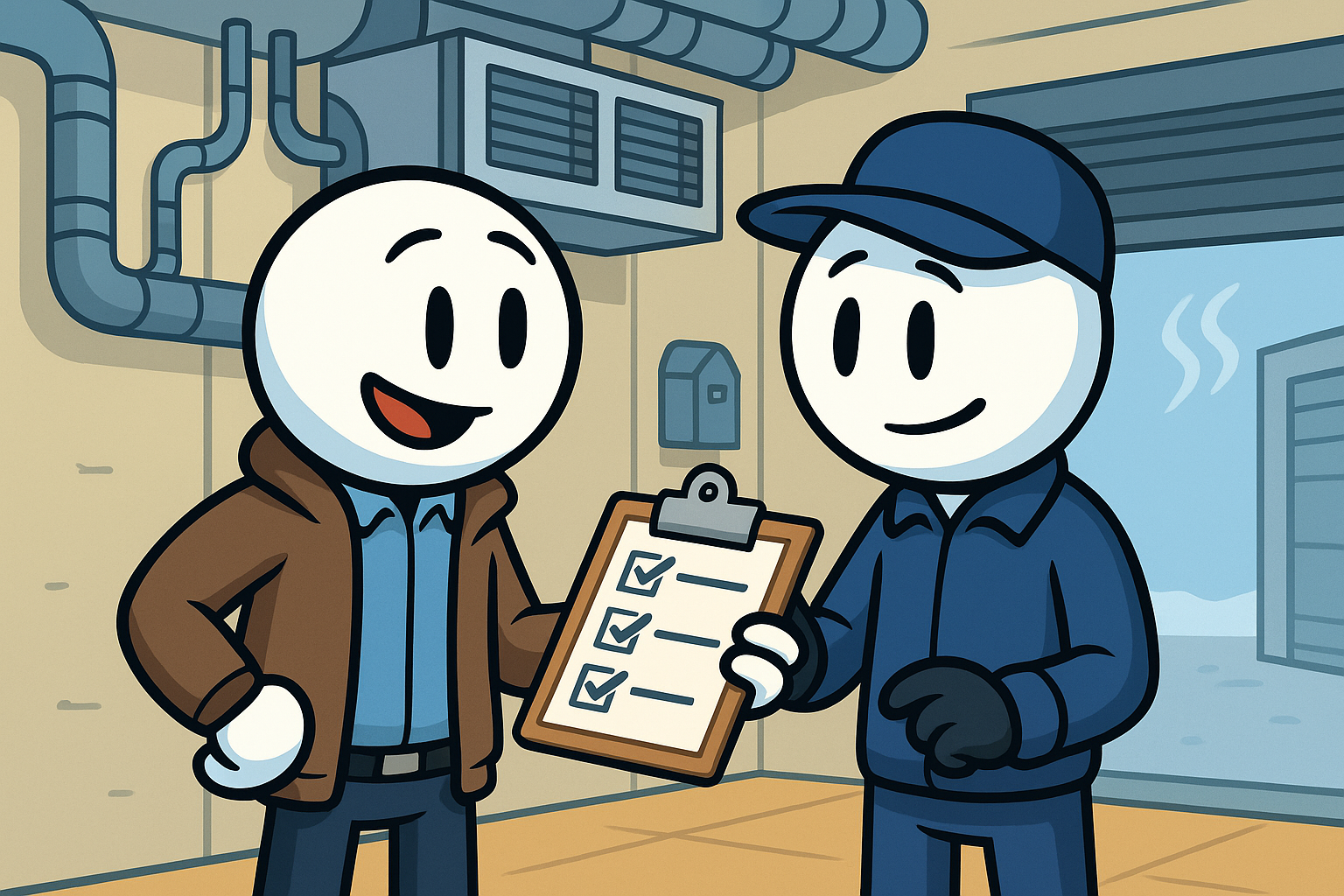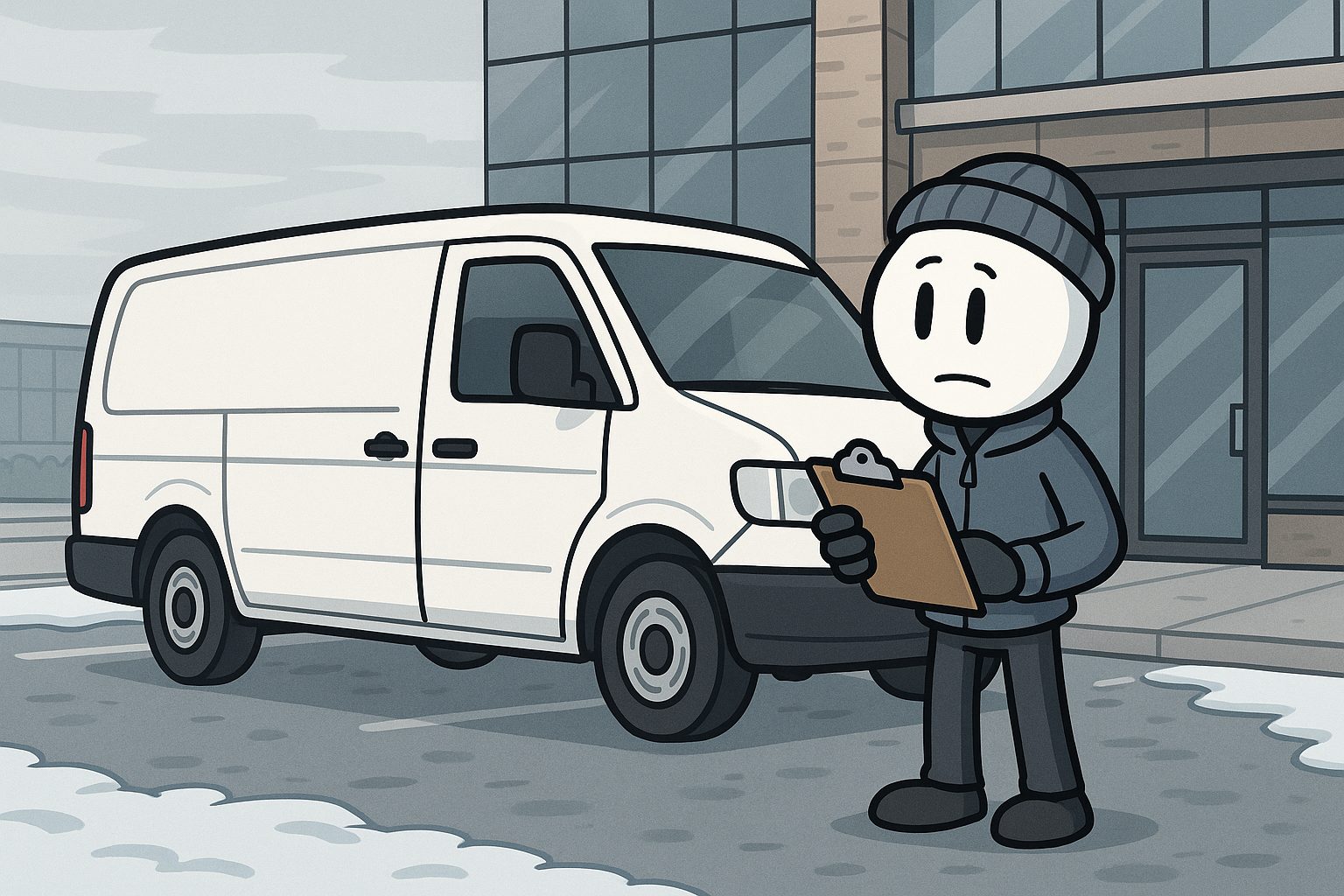Improving Indoor Air Quality in Norman Offices During Winter
When winter hits Norman, Oklahoma, most commercial buildings seal up tight. Windows stay shut. Heaters run nonstop. And the air your staff breathes? It’s often stale, dry, and filled with pollutants. Improving indoor air quality in Norman offices during winter isn’t just about comfort — it’s about keeping employees healthy, meeting safety standards, and protecting your bottom line.
In this guide, we’ll break down why winter IAQ (indoor air quality) matters for Norman businesses, what problems to watch for, and how to proactively solve them before they impact operations.
Why Indoor Air Quality Drops in Winter — and Why It Matters in Norman
Commercial HVAC systems in Oklahoma work overtime from November through March. To keep heated air inside, buildings reduce outside ventilation — but that also traps pollutants. Combine that with common office sources like printers, cleaning chemicals, and older HVAC filters, and you have a recipe for sick staff, poor focus, and potential compliance risks.
Key seasonal pressures in Norman:
- Dry winter air: Heated indoor air can reach humidity levels as low as 13% — drier than the Sahara Desert. That increases virus spread and causes respiratory irritation.
- Carbon monoxide risk: Gas furnaces and backup generators, if poorly vented, can leak odorless but deadly CO gas. CO detectors are critical.
- Productivity losses: Poor IAQ leads to more sick days and sluggishness. Studies show businesses can reduce absenteeism by 35% with clean indoor air.
“Indoor air is often 2 to 5 times more polluted than outdoor air — and winter makes it worse,” – EPA.
Solutions Every Norman Facility Manager Should Know
Common Air Quality Problems in Commercial Spaces
- Recirculated air with no fresh intake
- Dust and mold buildup in ducts
- Outdated or low-MERV HVAC filters
- Improperly vented gas appliances
- Dry air leading to static, sore throats, and flu transmission
Professional HVAC Solutions That Work
- Install energy recovery ventilators (ERVs): These systems bring in fresh outdoor air while capturing heat from outgoing air — ideal for winter without losing energy efficiency.
- Upgrade filters to MERV 13 or higher: Traps finer particles, allergens, and viruses.
- Add humidification controls: Central humidifiers help maintain 30–50% RH, ideal for respiratory comfort and equipment longevity.
- Use IAQ sensors: Monitor CO₂, VOCs, humidity, and PM2.5 in real time for smarter HVAC control.
Know Your Codes and Compliance Obligations
- OSHA doesn’t set hard IAQ rules, but mandates employers must ensure a safe workplace. That includes controlling known hazards like mold, CO, and ventilation issues.
- CO detectors are mandatory in many commercial settings — especially with gas appliances or shared walls with residential spaces.
The ROI of Cleaner Air
- Fewer sick days and improved employee wellness
- Lower heating bills via efficient ventilation systems
- Extended equipment life due to reduced strain
- Improved tenant satisfaction and lease renewals in multi-tenant buildings
FAQ: How often should commercial HVAC filters be changed in winter?
Answer: In high-use systems, inspect monthly and replace when visibly dirty — often every 30 to 60 days depending on usage and filter type.
FAQ: What’s the ideal humidity level for Norman offices in winter?
Answer: 30–50% relative humidity. Below 30% increases virus survival and respiratory discomfort.
5 Preventive Tips to Stay Ahead This Winter
Here’s how your business can maintain healthy, efficient air all season long:
- Schedule a winter HVAC inspection
Catch issues like cracked heat exchangers, blocked flues, or underperforming fans before they affect IAQ. - Upgrade to high-efficiency air filters
A MERV 13 filter is recommended for most offices to capture viruses and fine particles. - Test and recalibrate humidifiers
Ensure your building maintains 30–50% RH. Dry air contributes to illness and system inefficiency. - Add portable purifiers in key zones
Especially in shared conference rooms, open workspaces, or copy rooms. HEPA + UV-C models offer solid supplemental coverage. - Check outdoor air dampers and ERVs
Confirm that ventilation controls aren’t stuck or sealed — and that air is circulating properly without heat loss.
> Expert Tip: Combine smart IAQ sensors with demand-controlled ventilation to optimize fresh air intake based on occupancy — improving comfort without driving up energy bills.
Why This Matters in Norman, OK
Norman winters can swing from 65°F to 20°F in 48 hours. That unpredictability strains HVAC systems and causes buildings to stay tightly sealed. Without proper ventilation and filtration, air stagnates — raising health and energy risks.
Regional HVAC notes:
- Most Norman commercial buildings use gas heat — requiring vigilant CO monitoring.
- Indoor humidity often drops under 20% during cold snaps.
- OG&E and PSO offer rebates on HVAC upgrades like ERVs and smart thermostats.
Proactive IAQ upgrades can help Norman businesses:
- Avoid costly HVAC repairs after extreme cold
- Qualify for utility incentives
- Improve employee well-being and productivity during flu season
- Stay ahead of potential liability tied to unsafe indoor air
Next Step: Schedule an HVAC evaluation before winter peaks. Ask about filter upgrades, humidity control, and ventilation balancing.
Conclusion
Indoor air quality isn’t just a comfort issue — it’s a business performance and safety issue. With Oklahoma’s sealed buildings and fluctuating winter weather, taking action now protects your staff, saves energy, and shows clients and tenants that your facility is well-managed.
Key takeaways:
- Upgrade filters and ventilation before cold weather hits
- Monitor IAQ data to catch problems early
- Use humidification to prevent health issues and static
- Leverage local utility programs for HVAC improvements
Need help improving indoor air quality in your Norman office?
Contact our team for a winter IAQ evaluation or commercial system check-up.
Written by A&T Mechanical | Updated November 2025





